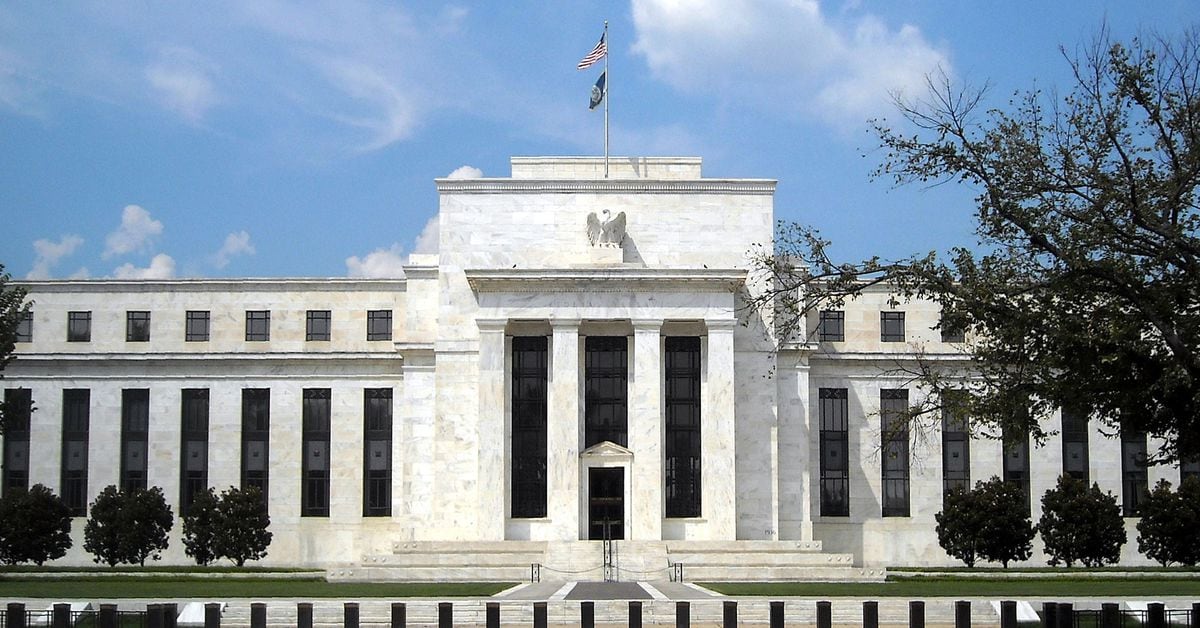DeFi’s future will require CBDCs, tokenized deposits and Stablecoins to co-exist

Decentralized finance (DeFi) is booming, and the collapse of the FTX exchange has highlighted the urgent need for more secure and efficient systems in the crypto market. So how can governments, financial institutions and DeFi native groups meet this challenge?
The answer lies in exploring viable alternatives, including central bank digital currencies (CBDCs), tokenized deposits and fiat-backed stablecoins. Each instrument has its pros and cons, but can they co-exist in the evolving DeFi space? Trust and ease of redemption for payment transactions will be key.
Yiannis Giokas is senior director of product innovation at Moody’s Analytics.
CBDCs are digital versions of a country’s legal tender, issued and regulated by the central bank. They offer efficient payment and direct translation of monetary policy, but also raise privacy concerns, technological challenges and may disrupt traditional banks.
Tokenized deposits are digital representations of deposits held at a financial institution, converted into easily transferable and accessible blockchain tokens. They promise improved liquidity, efficient cross-border transactions and shared ownership. However, tokenized deposits also have risks associated with the issuing institution, are subject to regulatory scrutiny and may not be available to everyone.
Fiat-backed stablecoins are digital assets backed by a mix of cash and securities denominated in a specific currency – most often the US dollar, which offer stability and minimal price fluctuations. They can play a crucial role in crypto trading and DeFi applications, but contain risks related to centralization, transparency and regulatory uncertainty leading to mixed appetite for the assets globally.
All three instruments can utilize blockchain technology, paving the way for faster and more efficient transactions. They share the potential to increase accessibility and financial inclusion, especially for underbanked or unbanked populations. Each instrument is designed to provide stability, whether backed by a central bank (CBDC), deposit protection (tokenized deposits) or underlying fiat currency reserves (stablecoins).
The most important risks and caveats relate to issuance and regulation, availability and restrictions, and specific risk factors. CBDCs and tokenized deposits are subject to government regulations and deposit protection rules, respectively, while fiat-backed stablecoins rely on transparency and governance of the underlying security.
Also, CBDCs and tokenized deposits may face limitations, while stablecoins are generally more accessible.
So, can CBDCs, tokenized deposits and stablecoins coexist in the DeFi landscape? Governments, financial institutions and stablecoin issuers are each focused on developing their own instruments and must adapt their strategies to succeed together.
Governments won’t give up monetary control easily, but a CBDC won’t be a reality in the US anytime soon, and there’s still a long way to go to launch one in Europe despite the political will to do so. Similarly, financial institutions will strive to maintain customer relationships by promoting tokenized deposits over stablecoin alternatives, but have not yet begun to roll these out commercially.
Stablecoins need experienced custodians to manage reserves effectively and must address transparency issues and navigate an evolving regulatory landscape. At the same time, many consumers may push back against increased government oversight of their financial activities to favor stablecoins over institutional alternatives.
In summary, the market environment continues to be fluid and there is no clear winner on either side. Ultimately, the coexistence of CBDCs, tokenized deposits and stablecoins depends on finding the right balance to meet customers’ needs and ensure confidence in their redemption as payment transactions. This coexistence should be driven by application, with central banks continuing to dictate monetary policy and issue money while relying on private regulated entities, such as banks, for distribution to the public.
As financial institutions and non-financial institutions have historically driven innovation in B2B and B2C [business-to-business and business-to-consumer] payments, they are well positioned to prevail in the digital world, creating a harmonious ecosystem where CBDCs, tokenized deposits and stablecoins can all thrive.
The evolving DeFi landscape presents an opportunity for increased efficiency and security. Understanding the nuances of these instruments will be critical to determining their future roles in the global economy. Trust in their redemption as a form of payment transaction will be the cornerstone of their coexistence and success within the DeFi ecosystem.
























